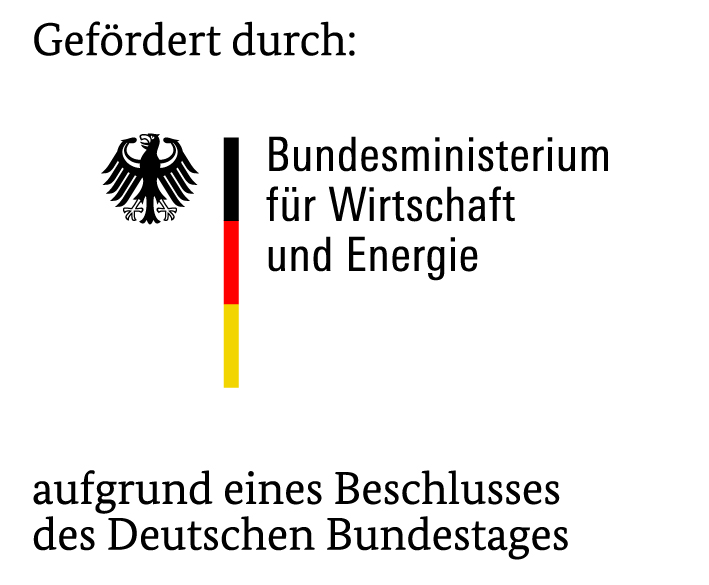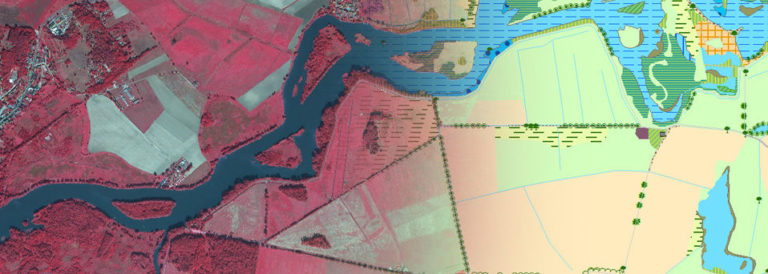r&d project for the use of the new European SENTINEL-Satellites;
joint research project with the TU Berlin and the Helmholtz-Zentrum Potsdam – Deutsches GeoForschungsZentrum GFZ;
co-financed through the German Ministry of Economy an Energy, FKZ: 50EE1342.
duration: May 2014 – October 2016
Soil moisture is a substantial component of the global ecosystem. Due to its significance for all bio- and geophysical processes, knowledge of its variability is vital in many fields of applications.
Precise and regionwide information of soil moisture with a high spatial resolution is required for river flood plains in order to fulfil statutory provisions from the EU Water Framework Directive.
Influenced by constraints like precipitation and vegetation cover, this complex parameter can furthermore only be measured point-by-point. Due to high cost and time aspects, large-scale studies are hardly to be realized. So far remote sensing techniques are applied operationally only on areas lacking vegetation. The absence of appropriate measurement systems is regarded as a large deficit. Development of new ingenious methods is therefore considered to be of the greatest importance. Remote sensing is treated as a promising approach to develop a time-and cost-saving solution of high quality. In this context, plants are of special importance, as their growth and distribution is determined by soil properties. There are species thriving exclusively on moist soils, while others prefer dry locations. These characteristics can be utilized to use plants as indicators of mean soil moisture. Ellenberg et al. (2010) developed a system, which assigns indicative values to European vascular plants, including a moistness value ranging from dry indicators to aquatic plants in twelve increments.
This project focuses on the derivation of top soil layer moisture content, since this information is highly valuable to many different user groups (e.g. water authorities or nature conservation authority of all administrative levels). The project’s objective is to build up a sensor-independent model created from bio-indicators, scale it and particularly evaluate the synergies between different active and passive sensors. The implementation will be based on Sentinel-1, Landsat 8, RapidEye und Sentinel-2 data (amongst other data).
The high repetition rate of the Sentinel sensors increases the classification accuracy of the bio-indicators by mapping the phenological stage. A process chain will be developed to generate map products of indicator-species and soil-moisture classes with a high spatial resolution. Considering open soil farmland, primarily Sentinel-1 data will be employed, whereas RapidEye, Landsat 8 and Sentinel-2 data will be used for areas covered by vegetation. Thus, the bio-indication model offers a high transfer potential within bio-geographical regions.

Contact:
- Dr. Annett Frick
annett.frick@lup-umwelt.de - Helga Küchly
helga.kuechly@lup-umwelt.de
Kooperationspartner:
- Bundesanstalt für Gewässerkunde
Referat Vegetationskunde, Landschaftspflege (U3) - Helmholtz-Zentrum Potsdam – Deutsches GeoForschungsZentrum GFZ
Sektion 1.4 Fernerkundung

